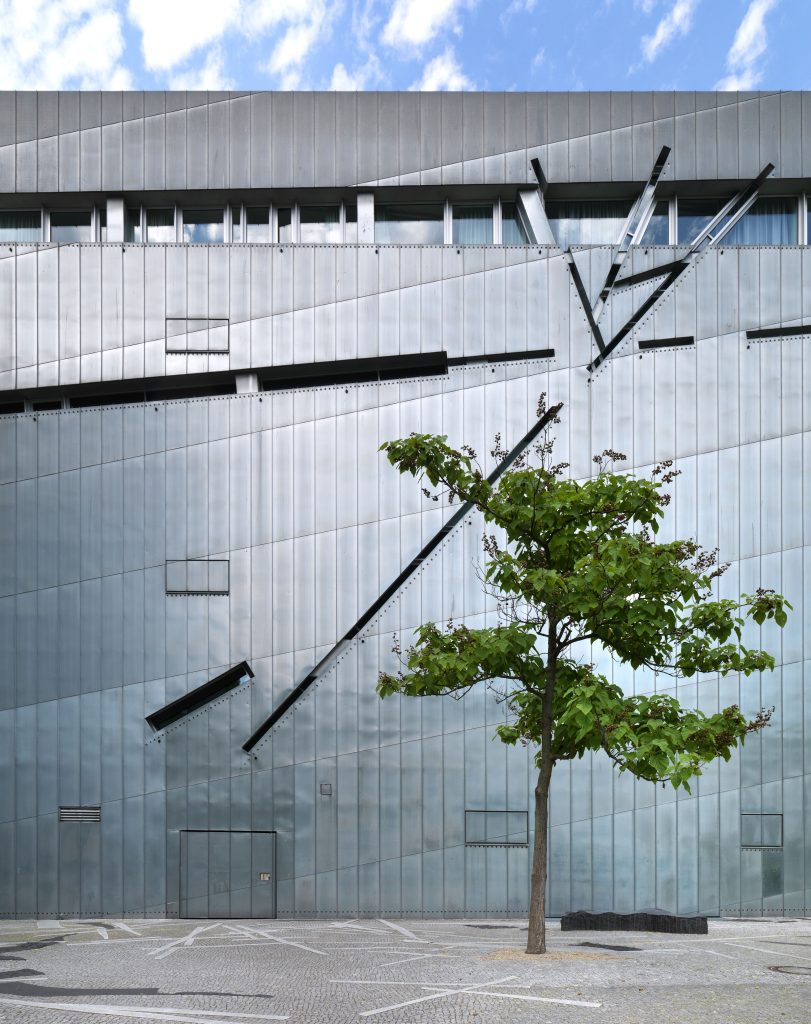While an astonishing exhibition devoted to “sexuality and Jewish positions” comes to an end in October, the Jewish Museum Berlin is preparing an exhibition on Kafka for the end of 2024. Marking the 100th anniversary of the writer’s death, the exhibition encourages dialogue between contemporary art and the central themes of his work, which are still very relevant today. Interview with Shelley Harten, curator at the Jewish Museum Berlin.

Jguideeurope: In December, the Museum is presenting an exhibition dedicated to Kafka and contemporary art. What motivated such an approach?
Shelley Harten: The exhibition ties into the global Kafka celebrations marking the centenary of the author’s death. It creates a dialogue between Kafka and visual artists about questions of access to the arts and to being an artist. On his deathbed Kafka worked on his last publication “The Hunger Artist” containing stories on this very topic, showing how central these questions were to his work and to gaining access to it today. The topic of access, gaining or being refused entrance, infiltrations and overlapping private and public spheres, has become even more relevant today in a digital age. So the motivation for this exhibition lies in merging Kafka’s world of imagination with our understanding of art and society today.
Who are the partners participating?
We are very honored to work together with the three central libraries that hold Kafka’s manuscripts today – the Bodleian Library Oxford, the National Library of Israel and the German Literature Archive in Marbach. Four leading Kafka experts contribute to the Museum’s publication and online feature – Reiner Stach, Carolin Duttlinger and Vivian Liska for the catalogue and Hans-Gerd Koch for the Museum’s website “Jewish Places”.
Can you present us some of the objects shown at the exhibition?
We will show over 30 manuscripts and some drawings by Kafka – a unique selection that traces different facets of his work and life, including one of the notebooks of “Das Schloss” and of “Der Verschollene (Amerika)” as well as excerpts from the letter to the father and his Hebrew vocabulary notebooks. They will be shown alongside contemporary artworks by artists such as Cory Arcangel, Guy Ben-Ner, Hito Steyerl, Maria Lassnig with Duchamp’s Boîte-en-valise as a transition piece from the world of thoughts and books to the world of visual arts. I hope for interesting conversations between the works of art – for example Hito Steyerl’s work “Strike” coming together with Kafka’s “Oklahoma” chapter of “Amerika” and the question: is everyone welcome to become an artist?